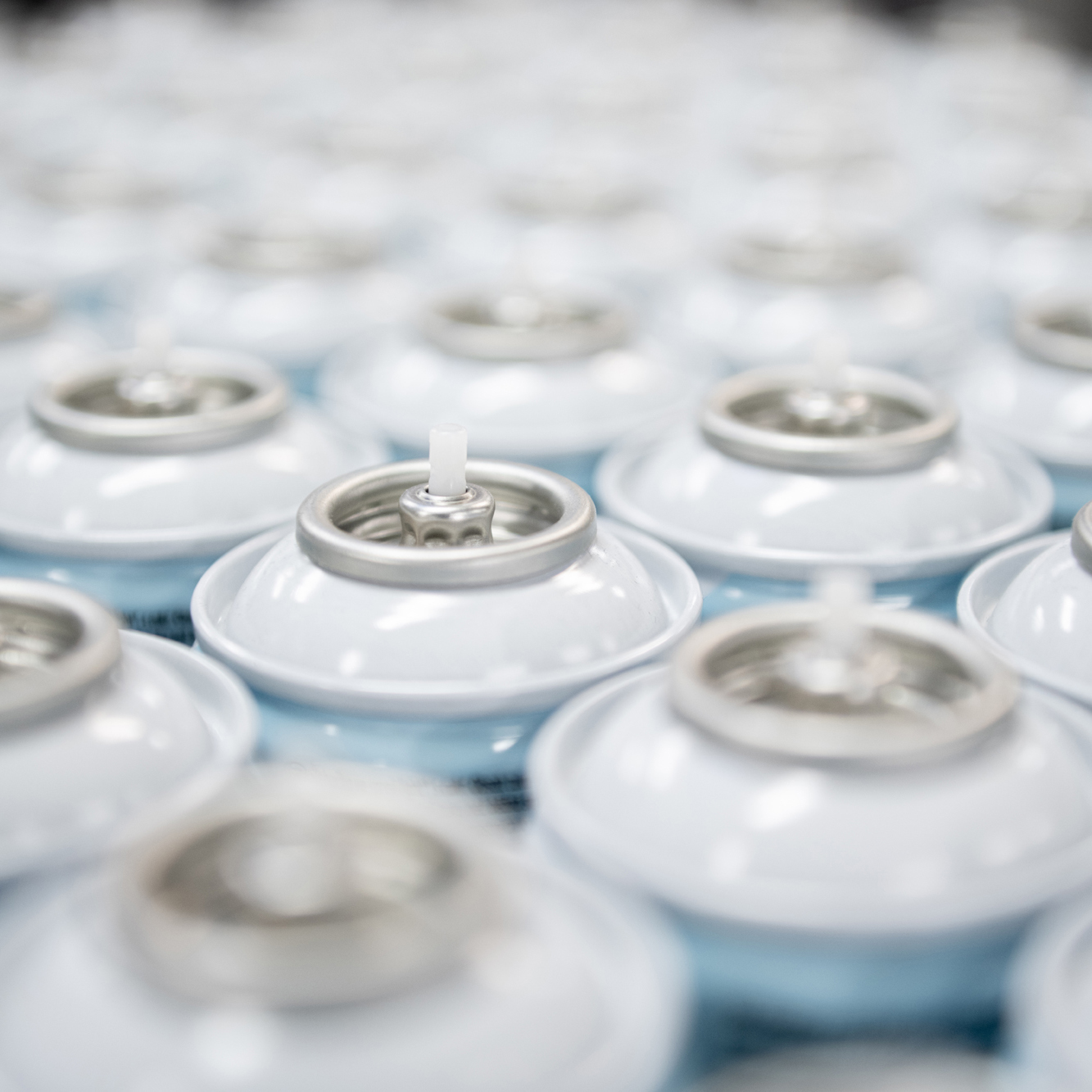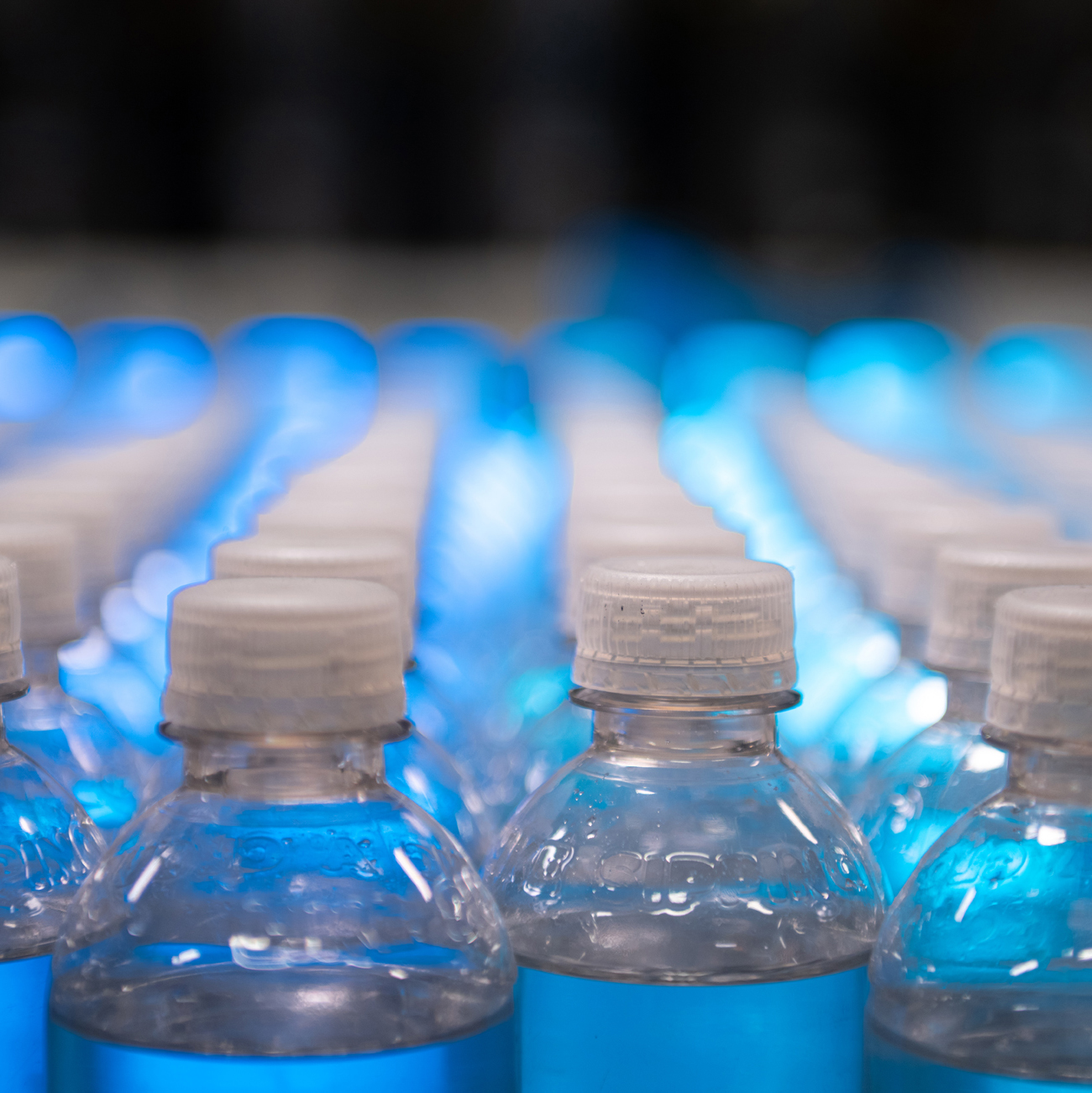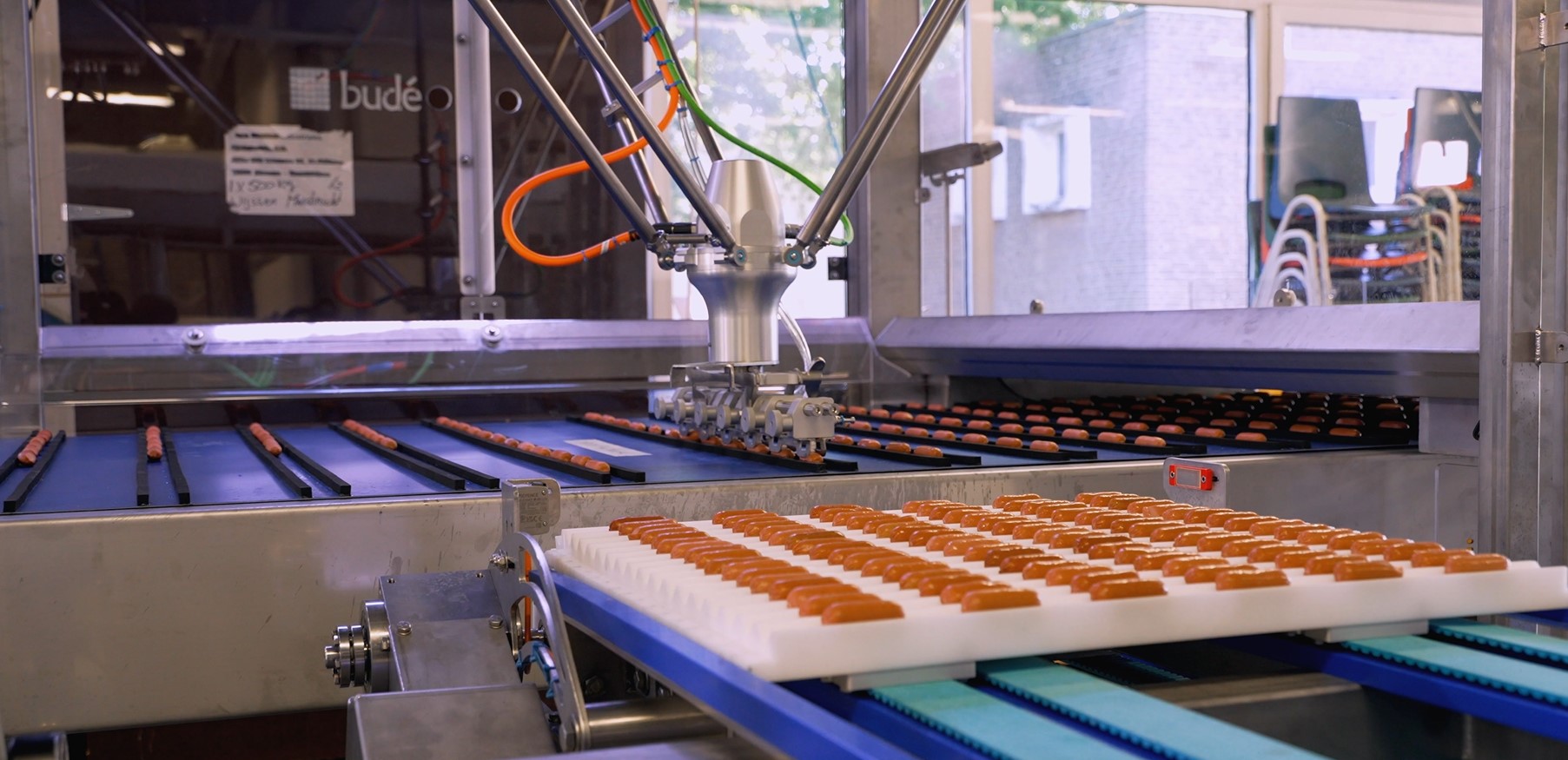

The innovation that shakes your business
Budé is specialized in the production and supply of aerosol machinery worldwide. We want to make our long experience in building aerosol machines available for the production of non-whipped cream products. In particular our gassing and shaking technology which can create a lot of new product opportunities. Budé brings many years of experience with the gas-shaking technology. We can offer a wide range of traditional aerosol and Bag-On-Valve machinery. Whatever the needs are, we have the solution in every step of the process.
Follow our steps
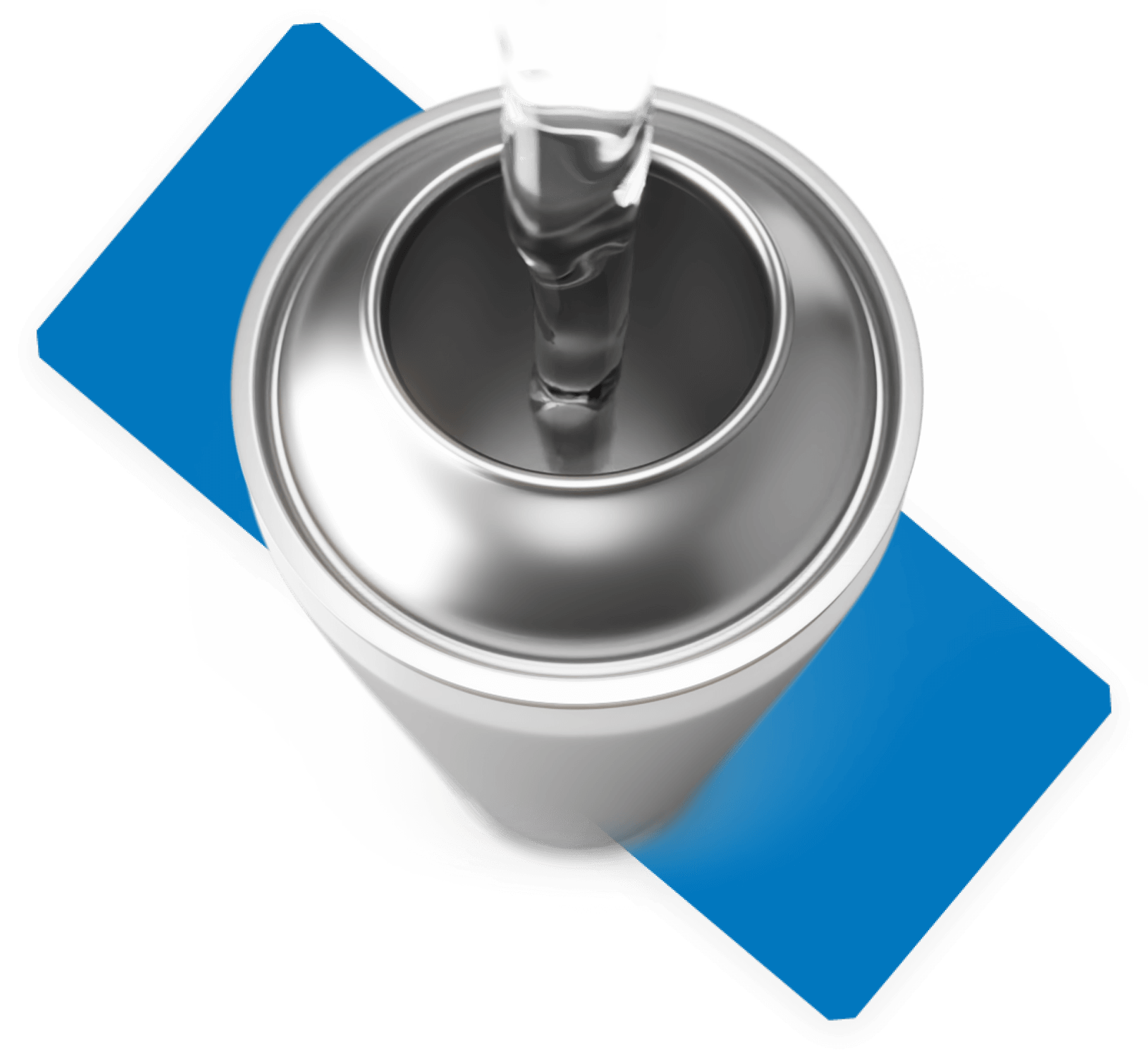

Filling
An important step in aerosol production is filling the can with the product liquid. The standard options are mass flow, net weight, or piston filling techniques. The filling technology depends on product characteristics, price, viscosity, cleanability, or explosion-proof. Also, process parameters like speed and accuracy play a role in the selection.
Traditional filling
Traditional filling relates to the process step where the product is dosed in the can, before adding the valve. Two basic approaches used are Net-Weight and Mass flow.
More infoBOV filling
Bag On Valve filling relates to filling the bag inside the can through the valve. This process is also referred to as through the valve (TTV) or piston filling as the filling is done under pressure.
More info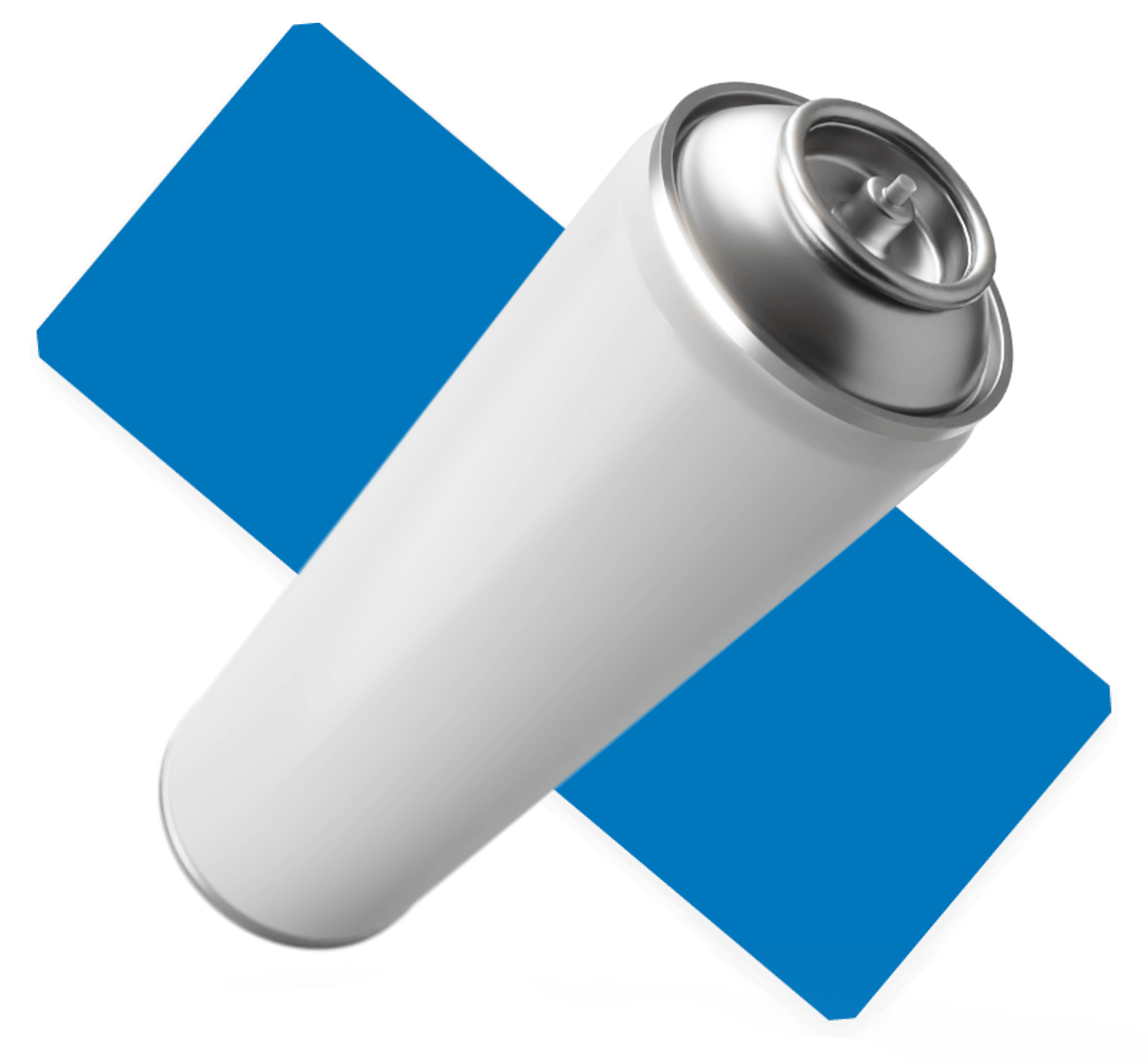

Crimping
Crimping is the step where the valve is mechanically attached to the can to create an airtight closure. The crimping process on itself is quite simple, but very precise and with high repeat accuracy. Besides the mechanical crimp, this process requires the valves to be placed on the can which can be done manually (low-speeds) or fully automated. We can help you with any type of valve, regular, dip tube, or Bag-On-Valve.


Gassing
Gassing refers to the process of inserting propellant gas in the can. The gassing method depends on the type of gas used, the construction of the aerosol, and the content. The main gassing methods we can offer are impact gassing, time over pressure, and under the cup. The Budé gassing shaking technology uses the “time over pressure” principle combined with a shaking (rotation) movement.
Gassing shaking
The Budé gassing shaking technology uses the “time over pressure” principle combined with a shaking (rotation) movement. The result is an increased amount of propellant gas, typically CO2 or N2O.
More infoTraditonal gassing
The standard process of impact gassing is used with all thinkable flammable gasses where the gas is added in liquid form. With impact gassing we can also add CO2/N2.
More infoBOV gassing
For Bag On Valve aerosol products compressed air is added at low pressure before crimping and before filling. A typical approach is the so-called Under The Cup (UTC) gassing.
More info

Capping
Once the aerosol has been filled with product and propellant, the next step is to put the actuator and cap. For low production speeds, this can be done manually but automation makes often sense from a quality and process flow perspective. Next to the actual placing of the actuator and cap, there is a need to handle the components that normally come in bulk, so they are aligned properly, and fed to the placing units.
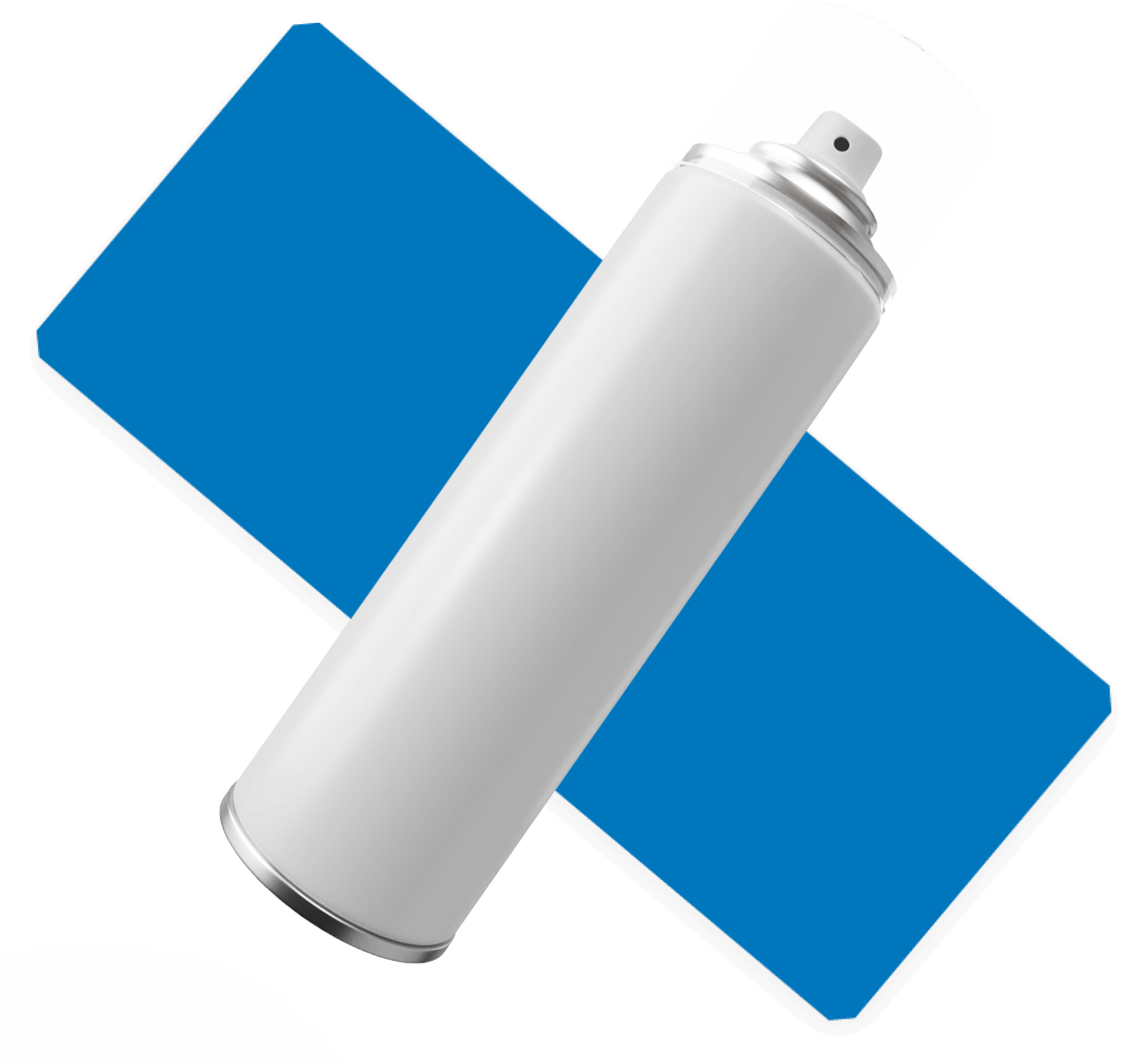

Testing
To ensure the finished product meets the requirements set, testing is essential. Statistical process control techniques using sampling at set intervals are often used to ensure that only good-quality product is sent to clients. Next to clients and quality requirements, there are regulations set by authorities that enforce testing to prevent dangerous situations.
Pressure testing
Gas-pressure testing in aerosols is a quality control process where filled aerosols are tested to check if the pressure in the container is meeting set values.
More infoLeakage testing
A gas-leakage tester (sniffer) is a device designed to detect and measure the presence of specific gasses or vapors, typically used to identify leaks.
More infoWater bath testing
Water bath testing involves immersing the containers in a hot water bath at 50-degrees Celsius for a period of 2 to 3 minutes to increase internal pressure.
More info
